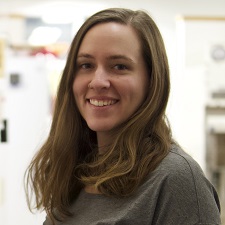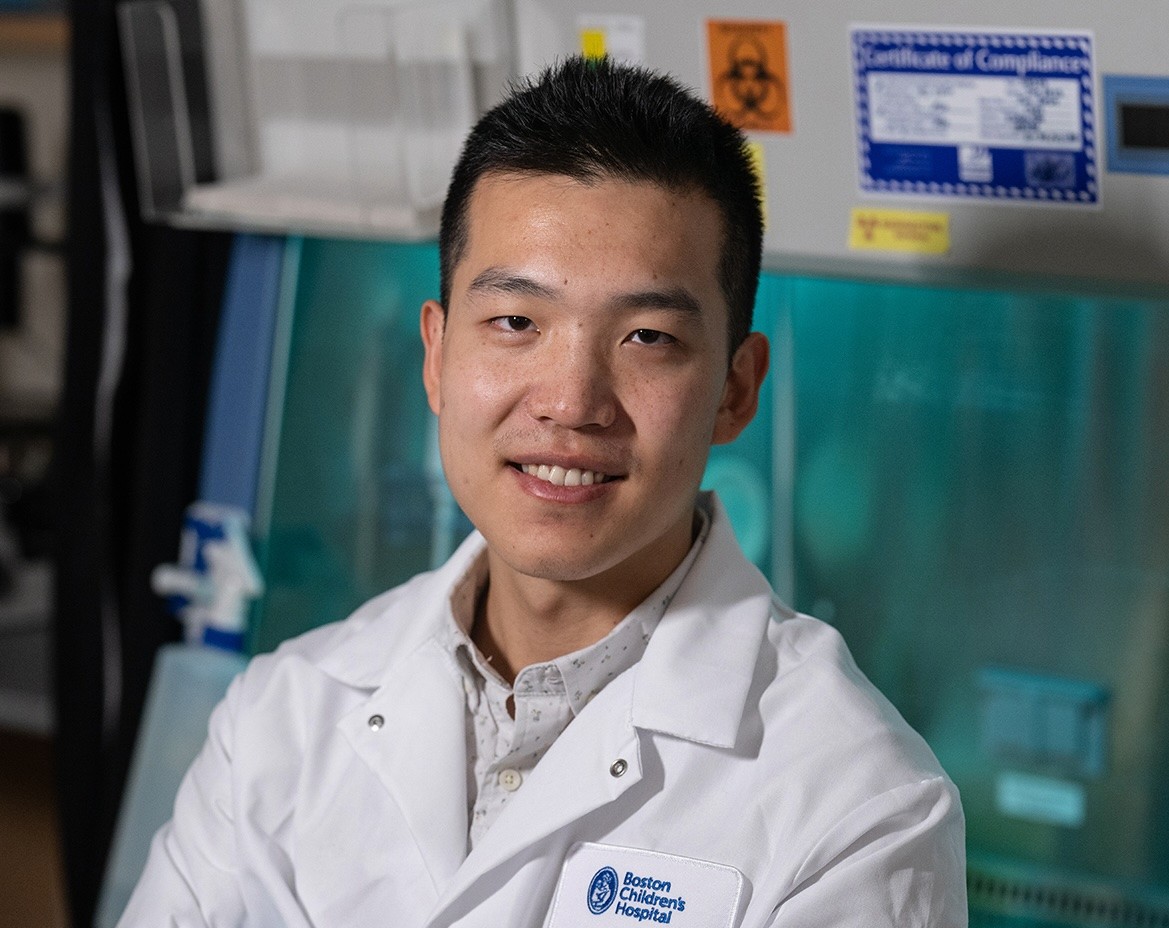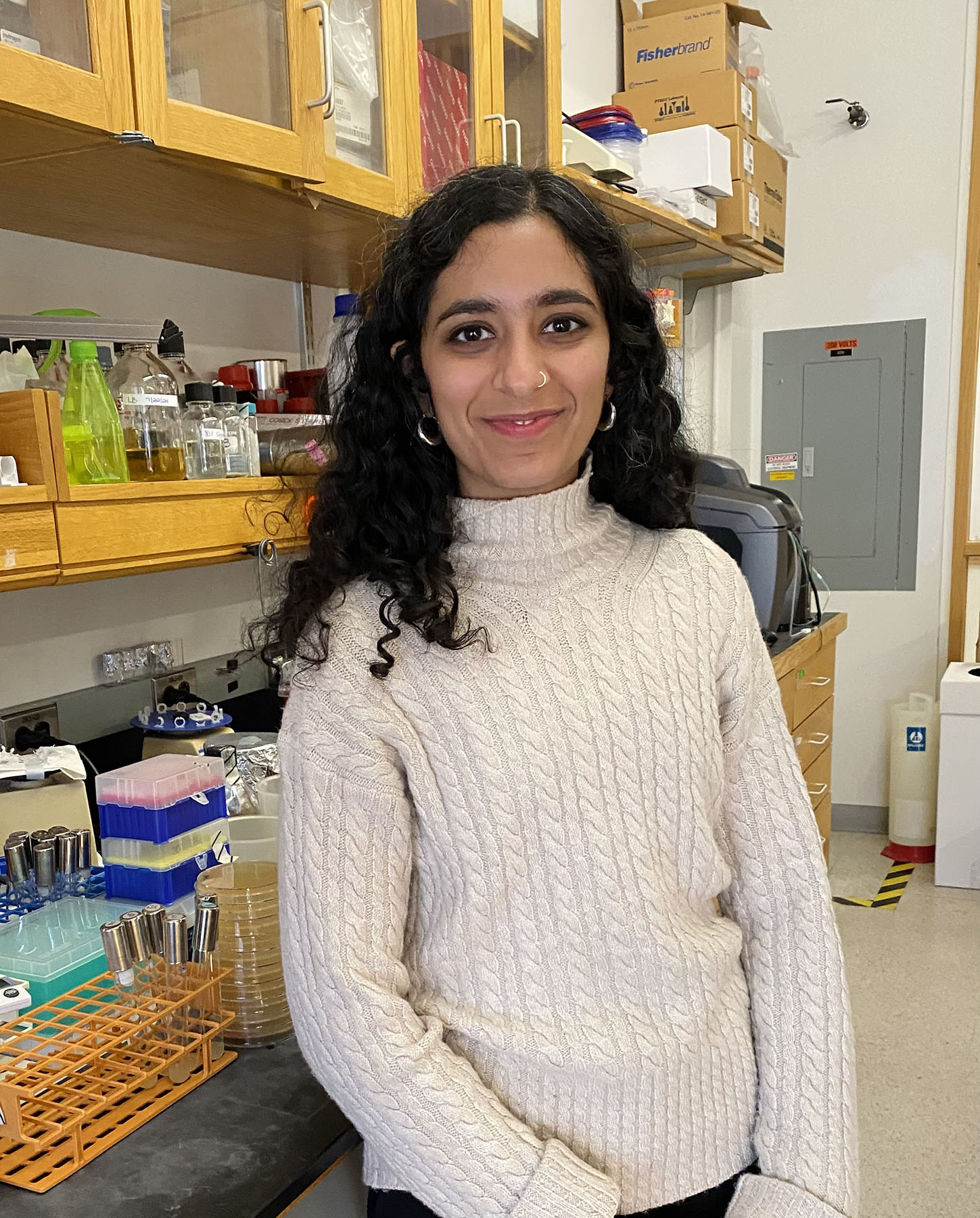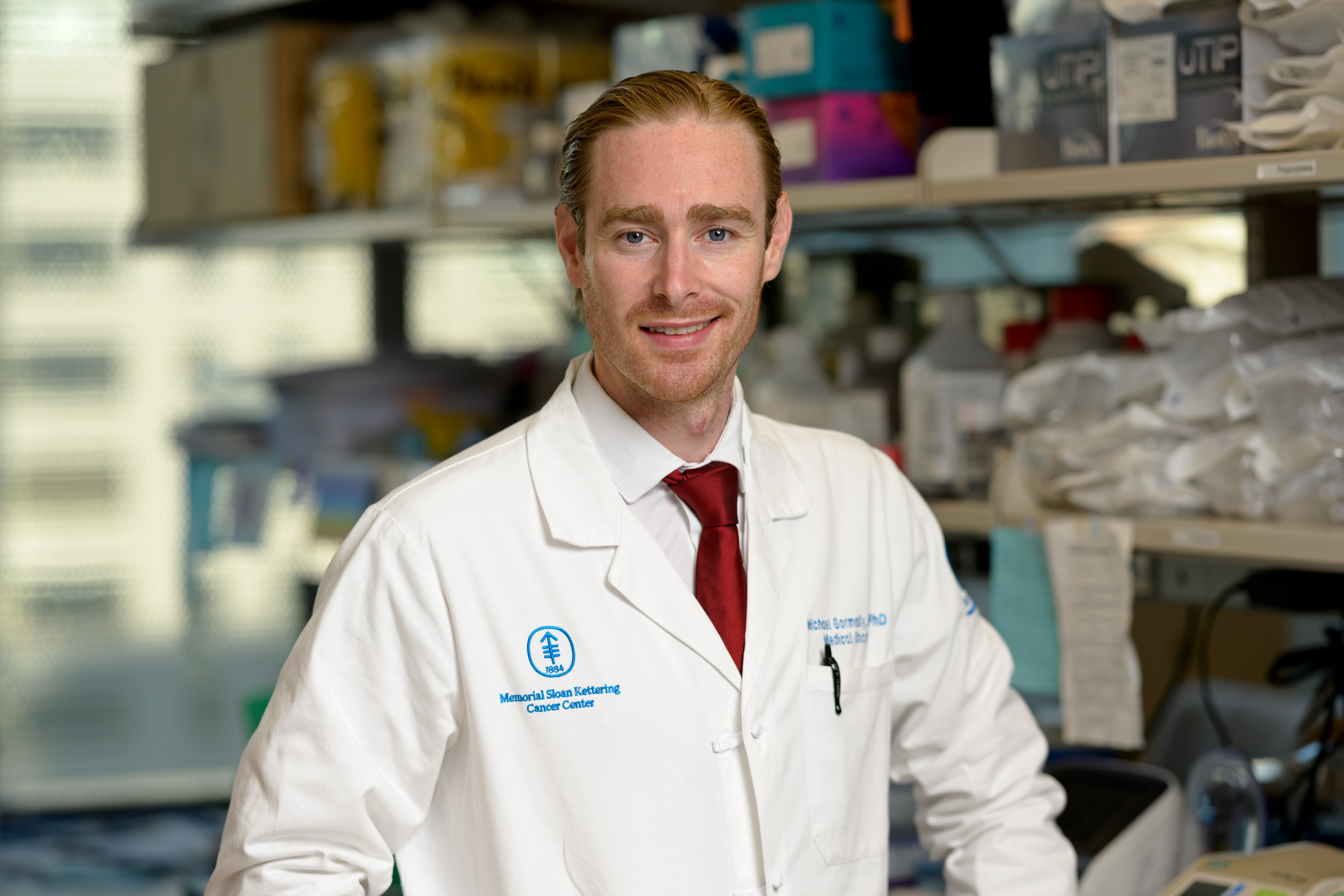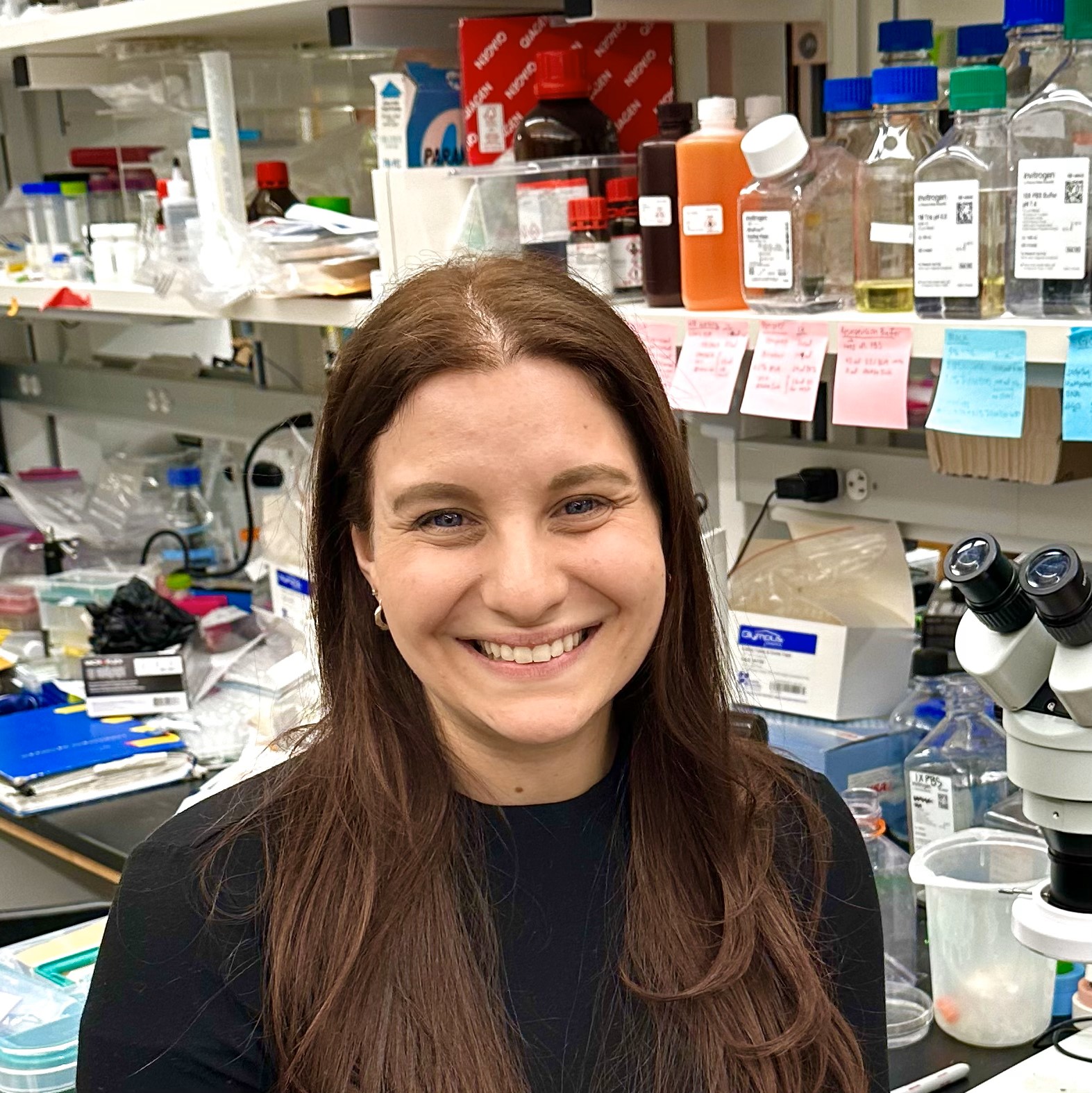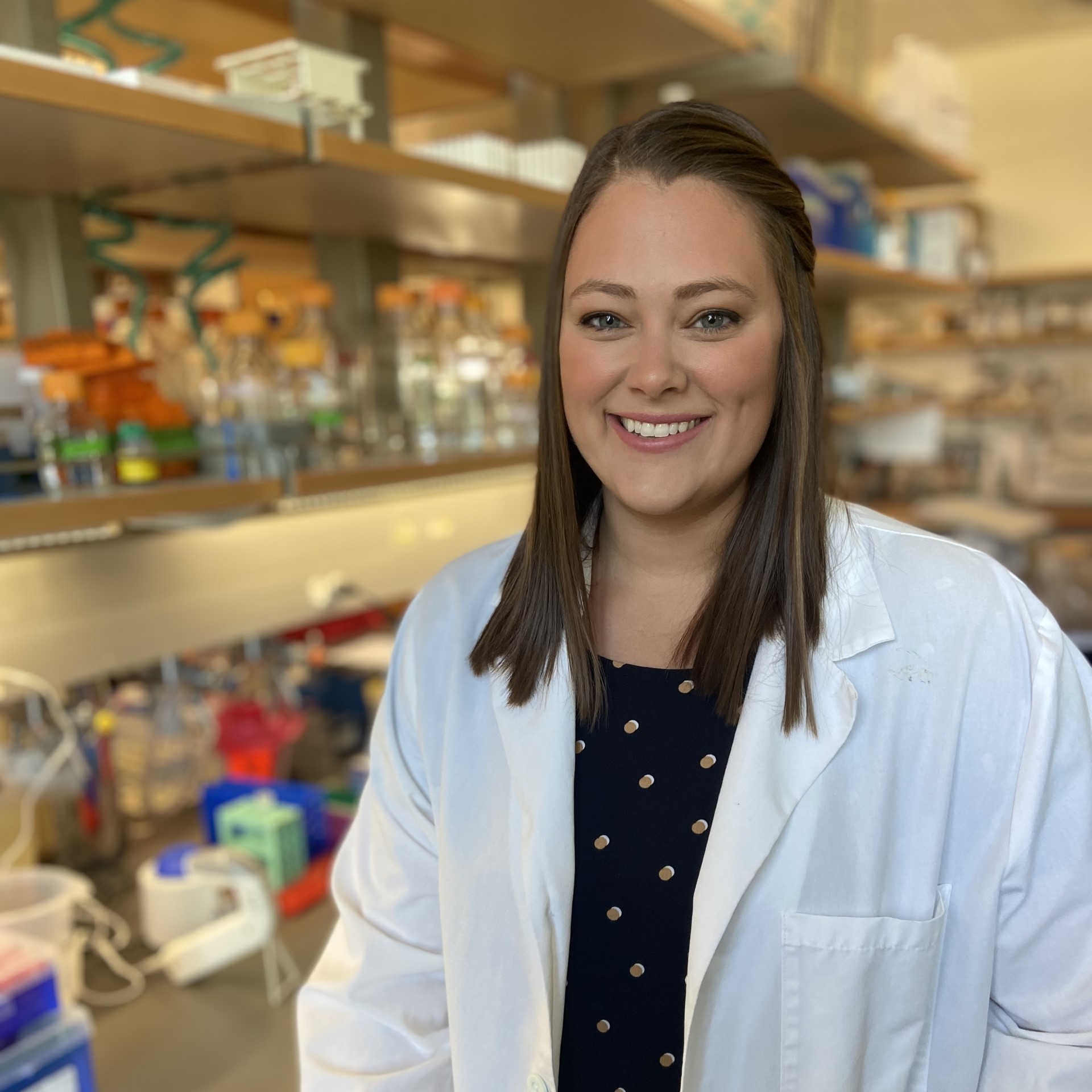Global increases in metabolic syndrome, obesity, and diabetes are likely related to the overconsumption of hyper-palatable, cheap, ultra-processed food containing high amounts of added sugar and fat. Intriguingly, the vagus nerve has been discovered as the key conduit relaying information about sugar or fat ingestion from the gut to the brain, where a preference for sugar or fat is then developed and reinforced. Dr. Du [HHMI Fellow] aims to understand how the neurons are organized in the gut-brain vagal axis to sense sugar and fat, and to identify and characterize the neural circuits downstream of the gut-brain vagal axis that produce an insatiable appetite for sugar and fat. Understanding the basic biology of the gut-brain axis can provide important insights and strategies to help combat overconsumption of highly processed foods rich in sugar and fat, which may contribute to lowering the risk of metabolic diseases and cancer. Dr. Du received his PhD from The University of Texas Southwestern Medical Center, Dallas and his BS from the Tsinghua University, Beijing.
Project title: "The gut-brain axis mediating overnutrition"
Institution: Columbia University
Named Award: HHMI Fellow
Award Program: Fellow
Cancer Type: All Cancers
Research Area: Neuroscience
Courtney Ellison, PhD [Marilyn and Scott Urdang Breakthrough Scientist] is investigating how single bacterial cells join together to form complex, multicellular structures called biofilms. Biofilms protect bacterial cells from antibiotics and antimicrobial agents, making them difficult to eliminate. Some biofilm-forming species may cause certain cancers, and biofilms of infectious bacteria threaten immunocompromised patients such as those undergoing chemotherapy. Dr. Ellison focuses on bacterial appendages called type IV pili that play a crucial role in biofilm formation. Understanding the role of pili and their contribution to biofilm progression may lead to novel therapies to eliminate biofilms.
Project title: "The regulation and function of type IV pili in Acinetobacter biofilm formation"
Institution: University of Georgia
Named Award: Marilyn and Scott Urdang Breakthrough Scientist
Award Program: Dale Frey Scientist
Cancer Type: All Cancers
Research Area: Biophysics
Hematopoietic stem cells, which are found in the bone marrow and give rise to all other blood cells, maintain lifelong blood production and immune function. Due to their remarkable ability to regenerate the entire blood system, medical uses of HSCs have provided cures for many previously incurable diseases, including blood cancers. However, several unanswered questions limit our ability to full harness their therapeutic potential for cancer treatment. What regulates HSC regeneration? Why does their function decline with age? How does HSC behavior vary in healthy individuals? Using cutting-edge single-cell analyses and computational biology, Dr. Gao [HHMI Fellow] aims to identify the molecular and cellular factors involved in HSC regeneration, as well as possible targets for enhancing their regenerative potential. This work could enable significant improvements in stem cell-based therapies for cancer treatment. Dr. Gao received his PhD from Harvard University, Cambridge and his BS from Washington University, St. Louis.
Project title: "Unraveling the cellular and molecular determinants of hematopoietic aging and regeneration in stem cell transplantation"
Institution: Boston Children's Hospital
Named Award: HHMI Fellow
Award Program: Fellow
Cancer Type: Blood, All Cancers
Research Area: Stem Cell Biology
Dr. Gill [HHMI Fellow] is studying cell-cell communication via quorum sensing in developing biofilms. Biofilms are communities of bacteria that take on a three-dimensional structure and often develop striking visual features like wrinkles. Resident bacteria exploit this complexity to resist antimicrobial treatments and cause disease, particularly in healthcare settings, where biofilms pose serious threats to immunocompromised chemotherapy patients. Quorum sensing is the process by which bacteria orchestrate collective behaviors, including the assembly and dissolution of biofilm communities. Using quantitative microscopy at single-cell resolution, Dr. Gill is investigating how these signals between bacteria result in the construction of spectacular 3D biofilms at the air-liquid interface. A deeper understanding of how bacteria thrive in dynamic environments will contribute to new strategies to combat infections, which will positively impact treatments for all cancer types. Dr. Gill received her PhD from Harvard University, Cambridge and her BS from Drexel University, Philadelphia.
Project title: "Defining mechanisms by which quorum sensing and 3D morphogenesis interact in space and time to drive Vibrio cholerae pellicle maturation"
Institution: Princeton University
Named Award: HHMI Fellow
Award Program: Fellow
Cancer Type: All Cancers
Research Area: Microbiology
Michael V. Gormally, MD, PhD
Adoptive cell therapy (ACT) is poised to expand the curative potential of immunotherapy. ACT works by administering T cells that have been genetically engineered to express tumor-specific T cell receptors (TCRs) so that they recognize a particular cancer antigen. Dr. Gormally’s [Dennis and Marsha Dammerman Fellow] work addresses two major challenges that currently limit the effectiveness of ACTs against solid tumors: identifying antigen targets that can be recognized by the immune system, and designing TCRs that target those antigens with exquisite specificity. Dr. Gormally and his colleagues have identified multiple immunogenic antigens derived from cancer-causing mutations and developed a powerful approach to retrieve potent, antigen-specific TCRs from large libraries of blood samples from cancer patients. The goal of these efforts is to identify safe and effective TCRs for clinical application. Dr. Gormally received his PhD from the University of Cambridge, Cambridge, his MD from Yale School of Medicine, New Haven, and his BA from Pomona College, Claremont.
Project title: "Immunologic targeting of 'undruggable' TP53 hotspot mutations through T cell receptor gene therapy"
Institution: Memorial Sloan Kettering Cancer Center
Named Award: Dennis and Marsha Dammerman Fellow
Award Program: Fellow
Cancer Type: All Cancers
Research Area: Drug Discovery
Only 3% of cancer drugs in clinical trials ultimately receive FDA approval, compared to 15-33% of drugs for other types of diseases. Recent studies have suggested that many drugs being explored for cancer treatment do not actually target their intended molecule in the cell. This has important implications for efficacy and safety and could be a key contributor to the low FDA approval rate. Dr. Grabski [Kenneth G. Langone Quantitative Biology Fellow] has created a novel experimental and computational framework to identify drug mechanisms of action at molecular resolution by leveraging CRISPR-based technologies. With this framework, she hopes to more precisely identify how a given cancer drug functions in the cell. This could serve as a powerful tool for preclinical evaluation and even potential discovery of new cancer therapeutics.
Dr. Grabski’s project aims to identify drug targets by modeling drug transcriptional response as a sum of genetic perturbation responses. She will perform this deconvolution in two steps. First, she will use a multi-condition latent factor model to produce denoised estimates of perturbation effects. Second, she will leverage sparse Bayesian regression techniques to map drug responses to these perturbation effects, in a way that can summarize complex patterns of uncertainty among related perturbations.
Project title: "A probabilistic framework for deconvolving causal mechanisms of cancer therapeutics with genetic perturbation screens"
Institution: New York Genome Center
Named Award: Kenneth G. Langone Quantitative Biology Fellow
Award Program: Quantitative Biology Fellow
Cancer Type: All Cancers
Research Area: Quantitative Biology
Rachel Segal Greenberg, PhD
Interoceptive neural circuits are responsible for sensing internal changes in the body and initiating appropriate responses. In the context of female reproduction, these neurons sense internal states within the reproductive tract and maintain homeostasis by modulating functions like smooth muscle contractions, fluid flow, and communication with the central nervous system. The female reproductive tract undergoes major changes throughout life, ranging from pregnancy to gynecological cancers like high-grade ovarian carcinoma. Dr. Greenberg is investigating how interoceptive neurons monitor the female reproductive tract and modulate essential physiologies in these changing hormonal and biological states. Her research on the typical functions of reproductive neurons and on the neuronal contribution to tumor progression may suggest novel therapeutic approaches for gynecological cancer treatment.
Project title: “The function of interoceptive circuits in reproduction and cancer”
Institution: Harvard Medical School
Award Program: Dale Frey Scientist
Cancer Type: All Cancers
Research Area: Developmental Biology
Dr. Gu [Fraternal Order of Eagles Fellow] is deciphering the combinatorial code of mammalian transcription regulation. The precise and robust regulation of gene expression is typically achieved through a combination of multiple transcription factors. However, we lack understanding of how a mammalian transcription system perceives, processes, and presents combinations of transcription factors. Dr. Gu will combine quantitative modeling and synthetic approaches to analyze the complex interactions among natural transcription regulatory proteins and apply the principles learned to engineer a programmable transcriptional platform with tunable logic. This work promises to deepen our understanding of mammalian transcription regulation and unlock new capabilities for emerging cell-based therapeutics.
Project title: "Understanding and engineering combinatorial gene regulation in mammalian cells"
Institution: California Institute of Technology
Named Award: Fraternal Order of Eagles Fellow
Award Program: Fellow
Cancer Type: All Cancers
Research Area: Systems Biology
Dr. Gu’s lab studies how cells regulate the destruction of proteins without using the typical "ubiquitin" tag, which signals that a protein should be transported to the proteasome for digestion and recycling of amino acids. The lab has discovered a new pathway, the midnolin-proteasome pathway, that helps degrade key proteins involved in cancer, including several linked to blood cancers like multiple myeloma. The lab’s goal is to understand this pathway better and explore how it might be used to develop new treatments, especially for blood cancers, by targeting specific proteins that drive disease.
Project title: “Catching transcription factors for degradation via the midnolin-proteasome pathway”
Institution: Dana-Farber Cancer Institute and Harvard Medical School
Award Program: Dale Frey Scientist
Cancer Type: Blood, All Cancers
Research Area: Cell Biology
Human cells have complex mechanisms to repair DNA damage, such as that caused by exposure to sunlight or chemical substances. If DNA is not properly repaired, however, it can lead to cancer. In fact, faulty DNA repair has been associated with the initiation and progression of all types of cancer and is often targeted in cancer treatment to stop uncontrolled cell growth. A better understanding of how cells naturally defend against DNA damage will allow for the development of better drugs to treat cancer. Dr. Hoitsma [HHMI Fellow] aims to investigate specialized proteins, known as chromatin remodelers, that make damaged DNA accessible for repair. This research will provide insight for the development of novel therapeutic strategies to target these critical pathways. Dr. Hoitsma received her PhD from University of Kansas Medical Center, Kansas City and her BS from South Dakota State University, Brookings.
Project title: "Chromatin remodeler SMARCAD1 in DNA repair"
Institution: University of Colorado Boulder
Named Award: HHMI Fellow
Award Program: Fellow
Cancer Type: All Cancers
Research Area: Chromatin Biology


